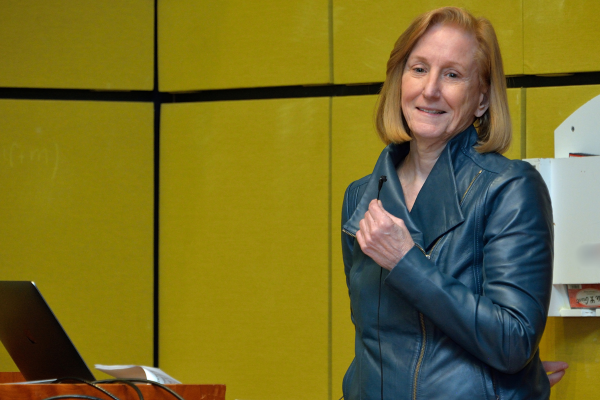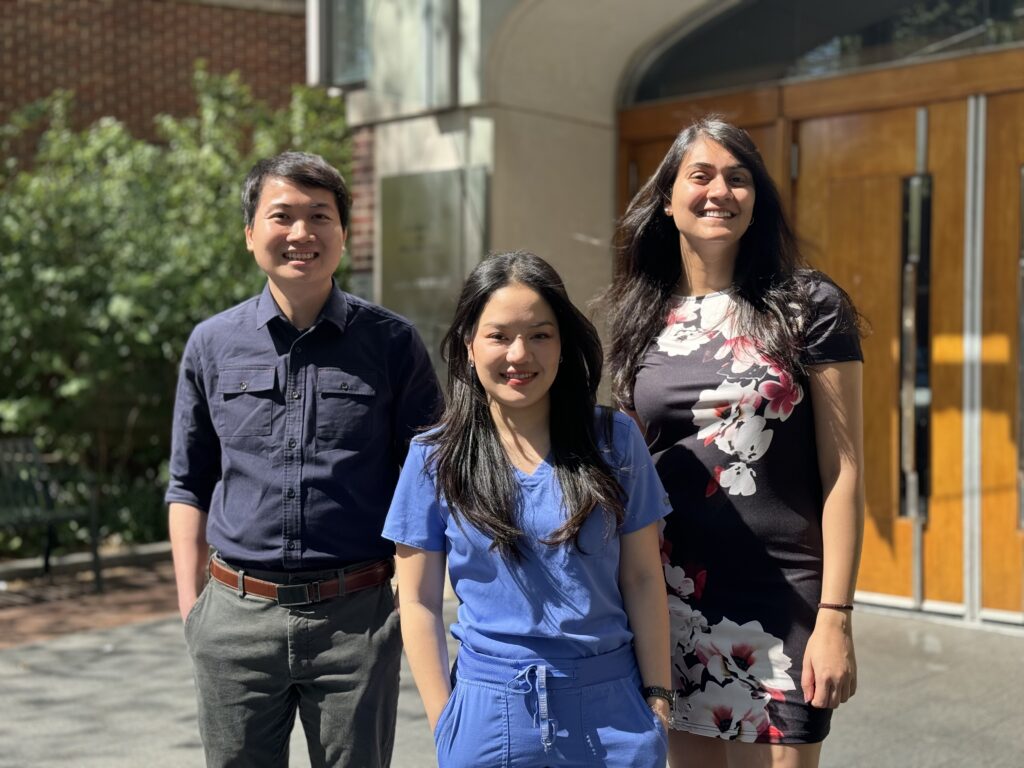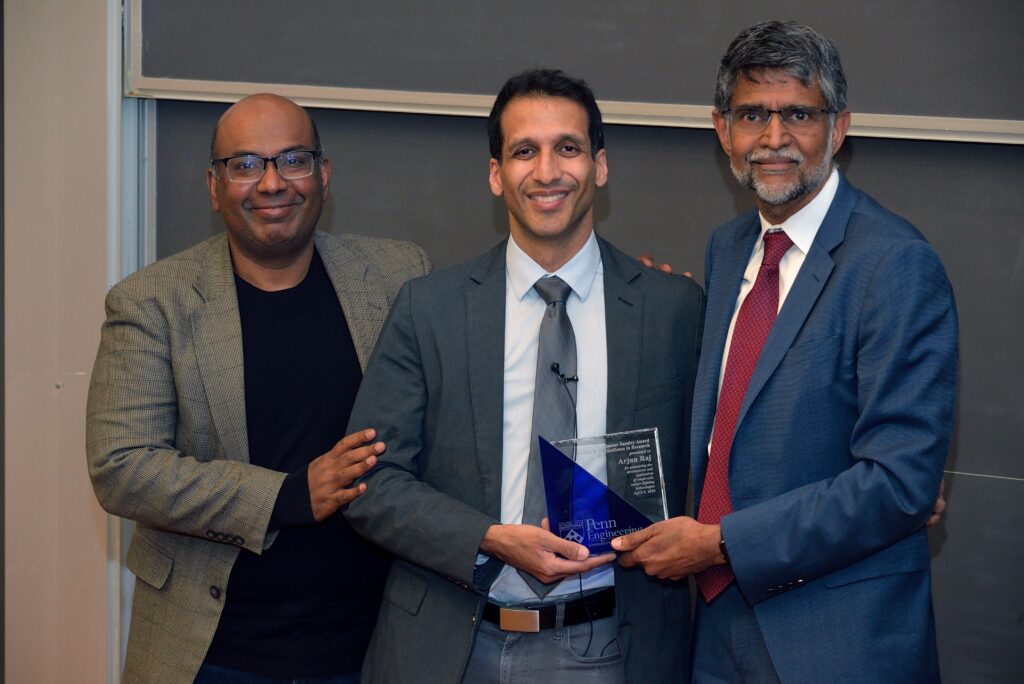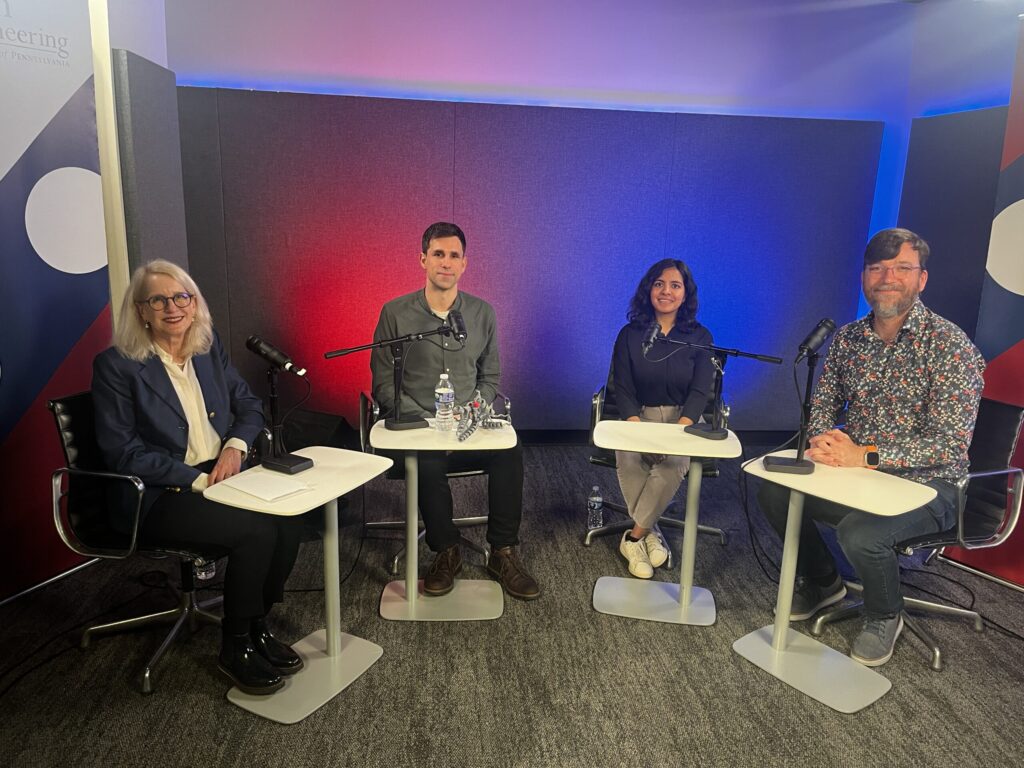
Sometimes, nature’s smallest objects have the biggest impact. Take the quantum realm, which involves the building blocks of matter itself.
Quantum science aims to understand the behavior of matter and energy at the scale of atoms and subatomic particles. Because particles frequently defy human intuition at this scale, the field likely offers great, untapped potential to solve some of our most complex issues.
“Bringing ‘quantum superstars’ from academia and industry to a space where scientists of all levels could interact, exchange ideas and gain inspiration is just one way we can foster collaboration in advancing the field and exploring new possibilities,” says Lee Bassett, Associate Professor in Electrical and Systems Engineering (ESE) and Director of the Center for Quantum Information, Engineering, Science and Technology (QUIEST).
Established in June 2023, QUIEST hosted its first symposium, The Penn Forum on Quantum Systems (FoQuS), last month, which reached over 150 attendees and included keynote speakers from across the country and globe.
“The event was a wonderful success,” says Bassett. “External speakers appreciated being part of these discussions and seeing the exciting things happening at Penn. Penn faculty and students were thrilled to learn more about the state-of-the-art quantum research happening around the world in industry and in national labs.”
The forum’s goals were to connect researchers, raise awareness about regional, national and international efforts in quantum engineering and help guide research and education priorities for the QUIEST Center.
Touching on all four research domains of the Center (Materials for QUIEST, Quantum Devices, Quantum Systems and QUIEST Impact), the forum left attendees, including faculty as well as graduate, undergraduate and high school students, with new inspiration for future research.
Read the full story in Penn Engineering Today.
Dawn Bonnell, Henry Robinson Towne Professor in Materials Science and Engineering, Senior Vice Provost for Research, and member of the Penn Bioengineering Graduate Group, delivered opening remarks of FoQuS.









